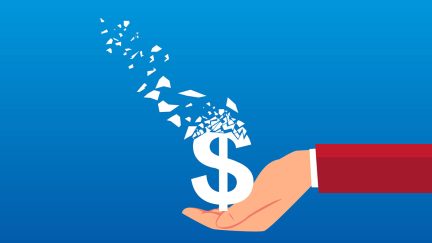Never miss a story — sign up for PLANADVISER newsletters to keep up on the latest retirement plan adviser news.
DOL Planning RFI on 408(b)(2) Disclosure Effectiveness
The Department of Labor (DOL) has submitted an Employee Benefits Security Administration (EBSA) sponsored information collection request proposal titled, ‘‘Focus Groups for Evaluating the Effectiveness of Employee Retirement Income Security Act Section 408(b)(2) Disclosure Requirements,’’ to the Office of Management and Budget (OMB) for review and approval required before circulation.
Public comments to OMB on the information collection request are invited, the DOL notes in an announcement in the Federal Register. The OMB will consider all written comments received on or before January 5, 2015. The information collection request seeks authority for focus groups to be used for evaluating the effectiveness of Employee Retirement Income Security Act (ERISA) section 408(b)(2) disclosure requirements.
As noted by the DOL, ERISA requires a plan fiduciary, when selecting and monitoring service providers and plan investments, to act prudently and solely in the interest of plan participants and beneficiaries. A responsible plan fiduciary must also ensure that any arrangement with a service provider is reasonable and that only reasonable compensation is paid for services. Fundamental to the ability of fiduciaries to discharge these obligations is obtaining information sufficient to enable them to make informed decisions about an employee benefit plan’s services, the costs of such services, and the quality of the service providers.
The DOL says a new information collection effort is needed to explore current practices and effects of a final regulation published in the Federal Register on February 3, 2012, which implemented ERISA Section 408(b)(2), and to gather information about the need for a guide, summary, or similar tool to help a responsible plan fiduciary navigate through and understand the disclosures. (See “Details About the Proposed 408(b)(2) Fee Guide.”)
The EBSA intends to use information collected from the focus groups: (1) To assess responsible plan fiduciaries’ experience in receiving the disclosures the 408(b)(2) regulations require; (2) to assess the effectiveness of the disclosures in helping plan fiduciaries make decisions; (3) to determine how well plan fiduciaries understand the disclosures, especially in the small plan marketplace (100 participants or less); and (4) to evaluate whether, and how, a guide, summary, or similar tool would help a fiduciary understand the disclosures.
Further, the focus group results will be used to inform and support a notice of final rulemaking for the guide requirement. As noted by the DOL, a federal agency generally cannot conduct or sponsor a collection of information, and the public is generally not required to respond to an information collection, unless it is approved by the OMB under the Paperwork Reduction Act of 1995 and displays a currently valid OMB Control Number.
For its part, the OMB says it is particularly interested in comments that:
- Evaluate whether the proposed collection of information is necessary for the proper performance of the functions of the agency, including whether the information will have practical utility;
- Evaluate the accuracy of the agency’s estimate of the burden of the proposed collection of information, including the validity of the methodology and assumptions used;
- Enhance the quality, utility, and clarity of the information to be collected; and
- Minimize the burden of the collection of information on those who are to respond, including through the use of appropriate automated, electronic, mechanical, or other technological collection techniques or other forms of information technology, e.g., permitting electronic submission of responses.
A copy of the full information collection request with applicable supporting documentation, including a description of the likely respondents, proposed frequency of response, and estimated total burden, may be obtained free of charge from the www.RegInfo.gov website.
Industry members are encouraged to submit comments about this request by mail or courier to the following address: Office of Information and Regulatory Affairs, Attn: OMB Desk Officer for DOL–EBSA, Office of Management and Budget, Room 10235, 725 17th Street NW., Washington, D.C., 20503.
Comments can be also be delivered by fax to 202-395-5806, or by email to OIRA_submission@omb.eop.gov.
Commenters are encouraged, but not required, to send a courtesy copy of any comments by mail or courier to the U.S. Department of Labor-OASAM, Office of the Chief Information Officer, Attn: Departmental Information Compliance, Management Program, Room N1301, 200 Constitution Avenue N.W., Washington, DC 20210.
In order to help ensure appropriate consideration, comments should mention OMB ICR Reference Number 201408–1210–004.
You Might Also Like:

401(k) Forfeiture Case Against Northrup Grumman Dismissed

J&J Employee Benefits Case Dismissed for Second Time
